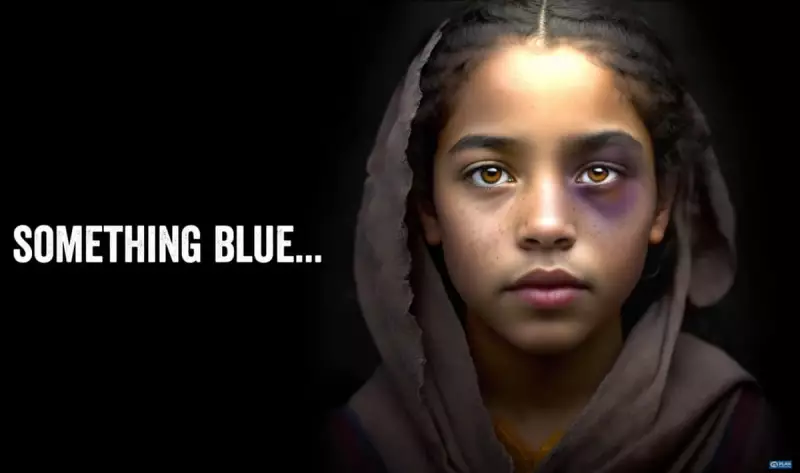
Major international aid organisations are facing mounting criticism after an investigation uncovered their use of artificially generated 'poverty porn' to solicit donations from well-meaning supporters.
The Digital Deception Uncovered
Research conducted by academics at the University of Sheffield has exposed how artificial intelligence is being weaponised to create fabricated images of human suffering. These computer-generated depictions of malnourished children and impoverished communities are being deployed in fundraising campaigns across the humanitarian sector.
How the Scam Works
The investigation reveals a disturbing pattern:
- AI tools generate hyper-realistic images of non-existent victims in fabricated crisis scenarios
- Major NGOs incorporate these fabricated visuals into their marketing materials
- Donors contribute millions based on emotionally manipulative, entirely fictional content
- Real communities remain undocumented while fictional ones receive attention and resources
The Ethical Quagmire
Dr Btihaj Ajana, a digital ethics expert from King's College London, describes this practice as "deeply problematic and fundamentally deceptive." The use of AI-generated imagery not only misrepresents reality but perpetuates harmful stereotypes about developing nations.
"We're witnessing the industrialisation of digital poverty tourism," Dr Ajana warns. "These images reduce complex humanitarian crises to simplistic, emotionally manipulative visuals that bear little resemblance to actual conditions on the ground."
Industry Response and Accountability
While some organisations have acknowledged using AI for illustrative purposes, many maintain inadequate disclosure practices. The lack of clear labelling leaves donors unaware they're responding to computer-generated fiction rather than documented reality.
The sector now faces urgent calls for:
- Mandatory disclosure of AI-generated content in all fundraising materials
- Independent verification systems for humanitarian imagery
- Ethical guidelines governing the use of artificial intelligence in aid work
- Donor education about digital manipulation techniques
The Future of Humanitarian Storytelling
As AI technology becomes increasingly sophisticated, the humanitarian sector stands at a crossroads. The convenience of generating compelling imagery must be balanced against the fundamental principles of truth and dignity that underpin effective aid work.
Without immediate action, experts warn that public trust in humanitarian organisations could be irreparably damaged, potentially harming the very communities these agencies claim to serve.





